Bridging the gap between cutting-edge AI capabilities and human-centered product experiences
Defining product roadmaps that leverage AI/ML capabilities while maintaining user-centric design principles. Expert in identifying AI opportunities that drive real business value.
Designing seamless interfaces where AI augments human capabilities rather than replacing them. Focus on building trust and transparency in AI-powered experiences.
Passionate about how AI will transform workflows and productivity. Building products that prepare teams for an AI-augmented future while preserving human creativity and judgment.
Real-world applications where AI meets product innovation
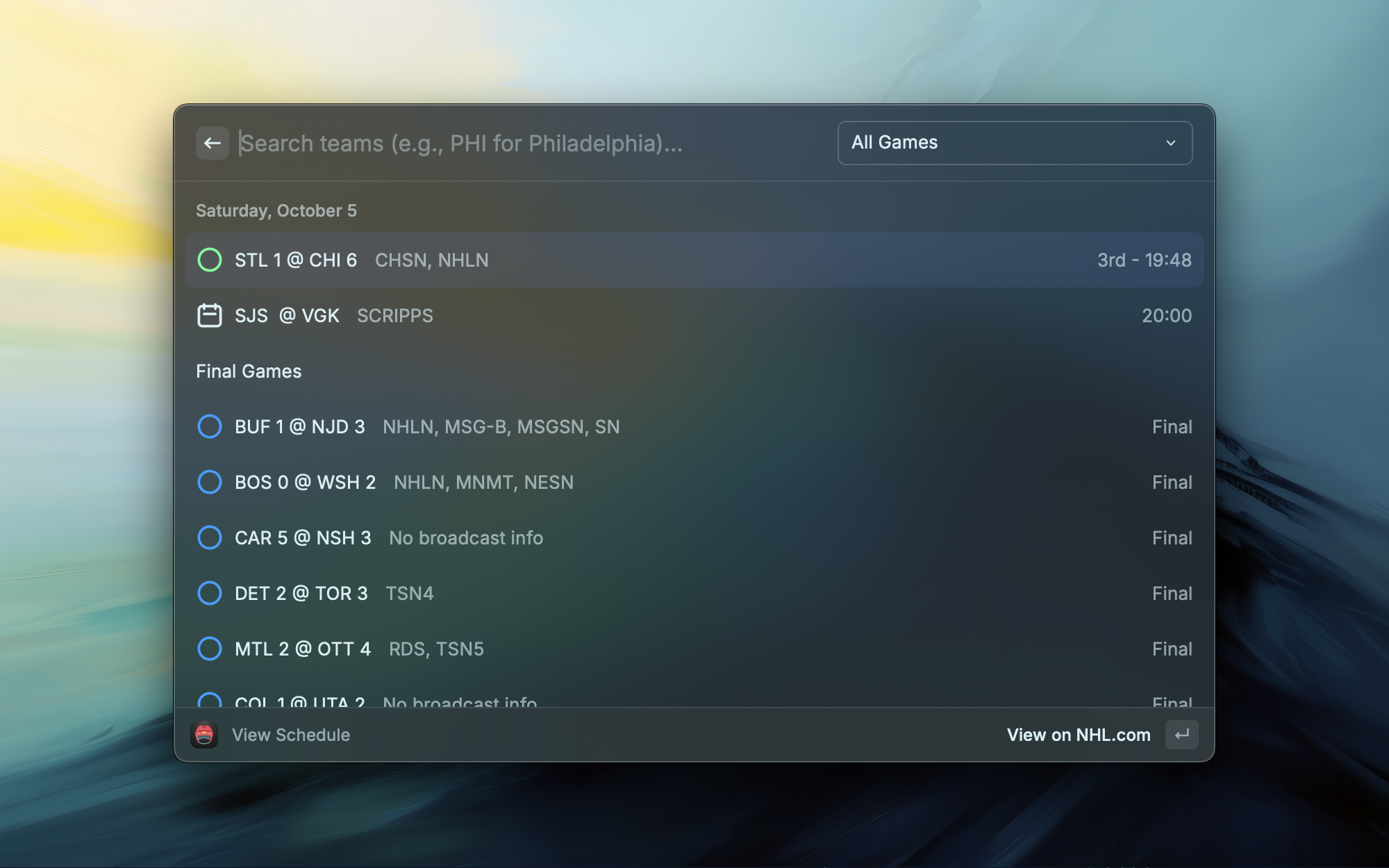
Developed a Raycast extension that provides real-time hockey scores, schedules, and team statistics for macOS users through the NHL API.
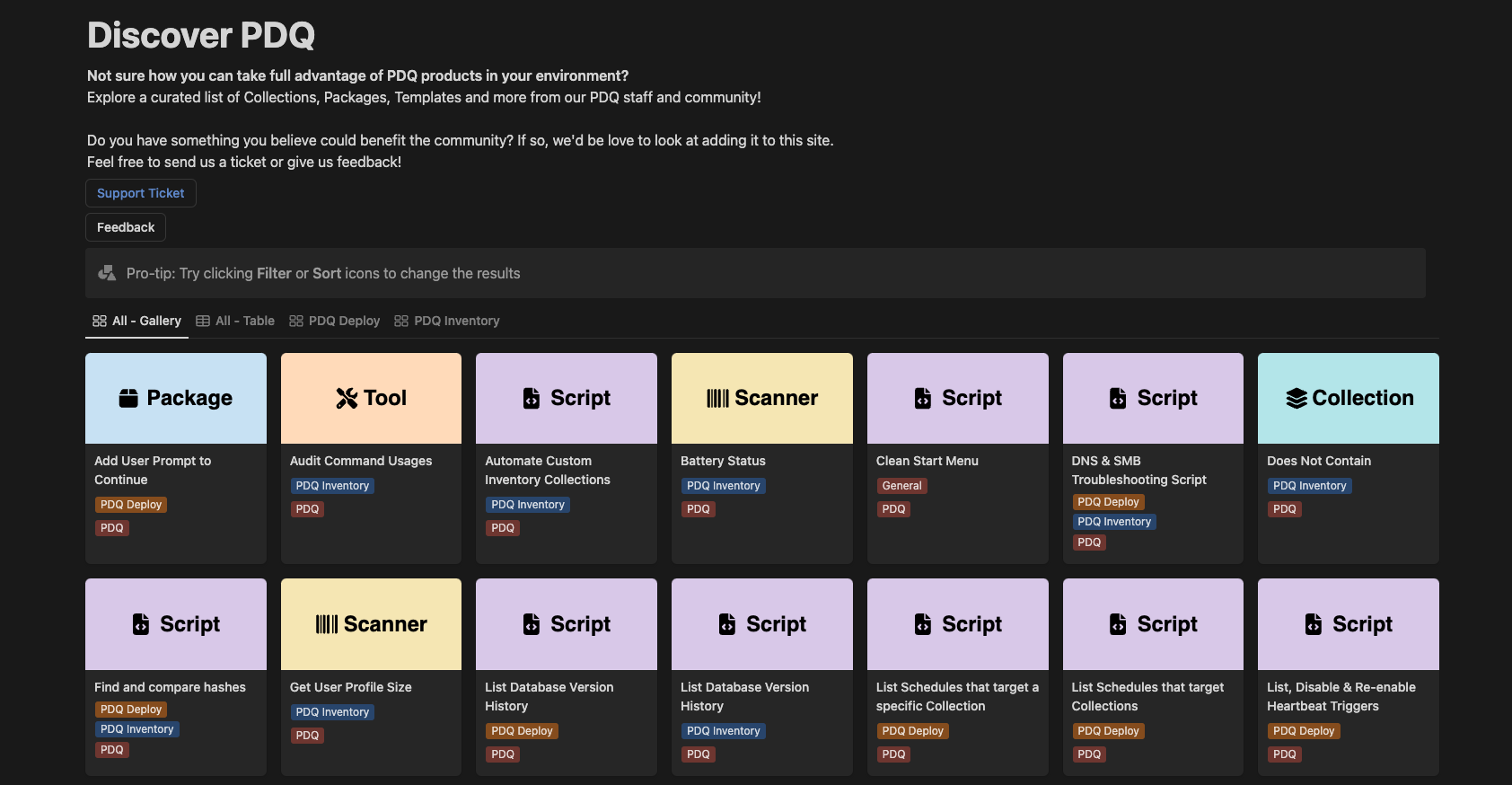
Created a centralized Notion-based knowledge hub to organize and surface relevant templates, configurations, and community contributions for improved team productivity and resource accessibility.
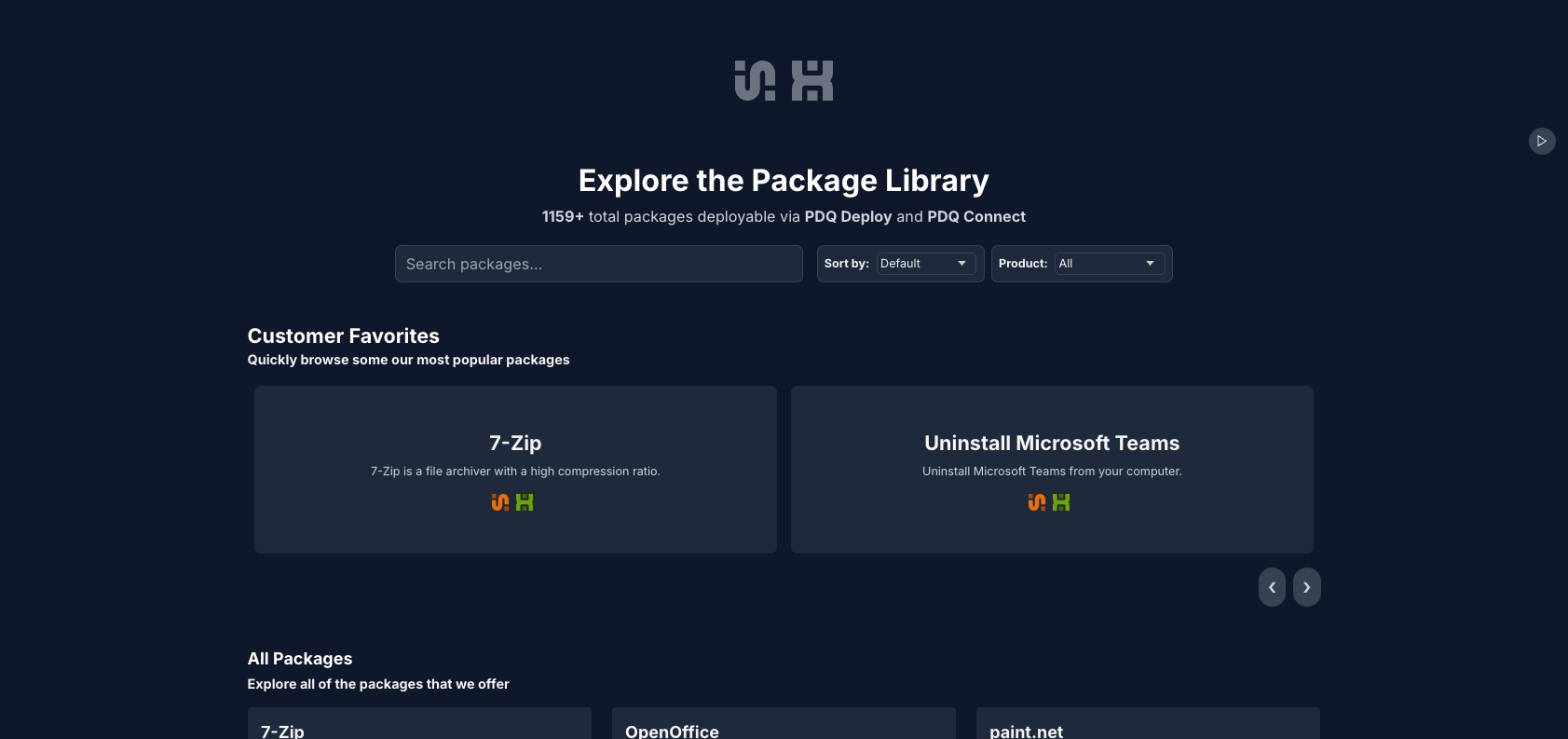
Created an interactive exploration interface to help users navigate and discover content within complex product packages through an intuitive, responsive design.
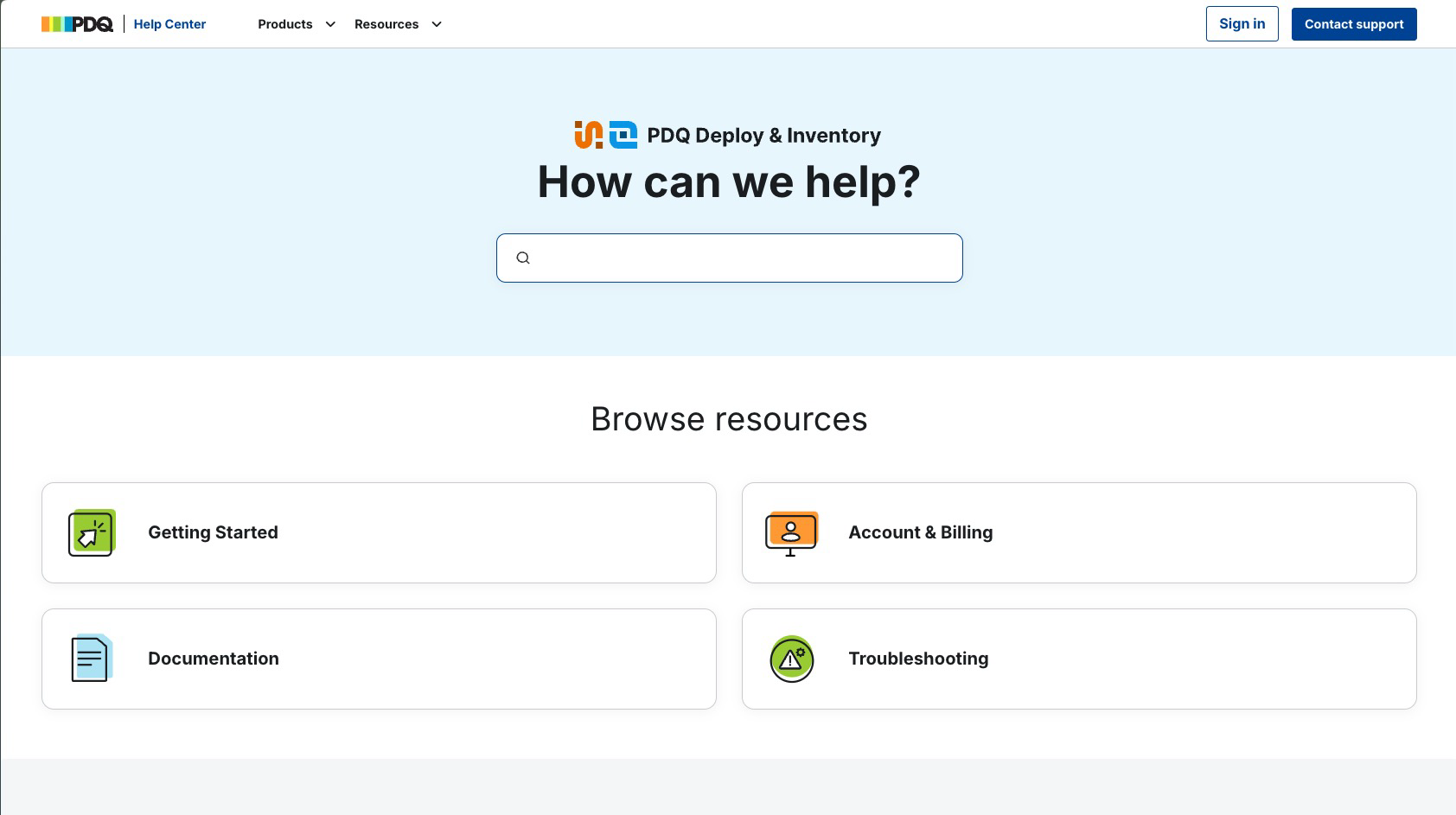
Refactored the help centers of five products to use a single centralized theme, enhancing maintainability and consistency.
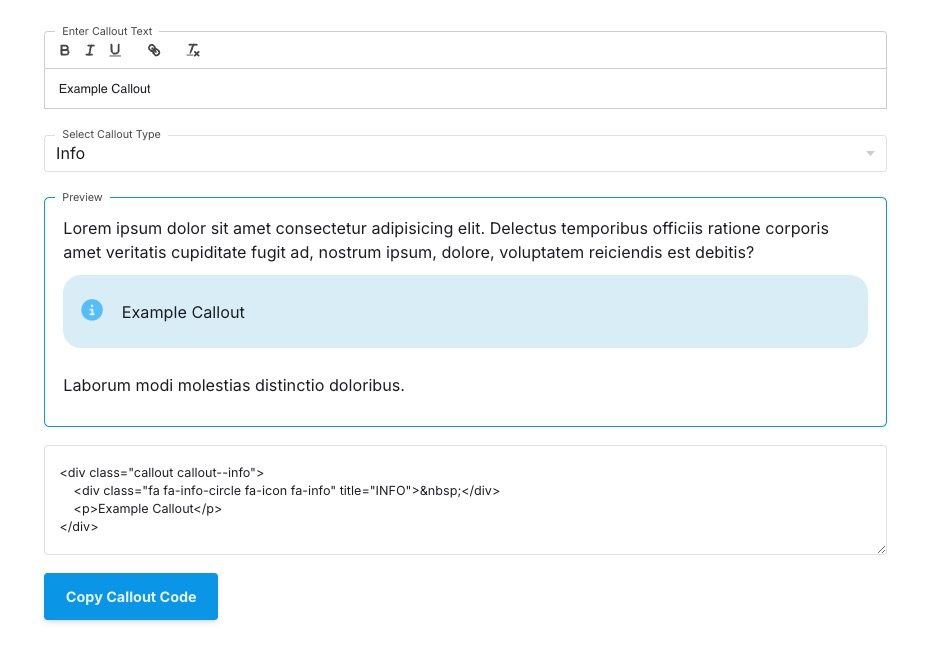
Developed a user-friendly utility for Technical Writers to create callouts (info, warning, danger, announcement) in knowledge base articles. This tool bridges the gap between our Help Center's platform and the impracticality of authors writing HTML, significantly enhancing documentation efficiency and consistency.
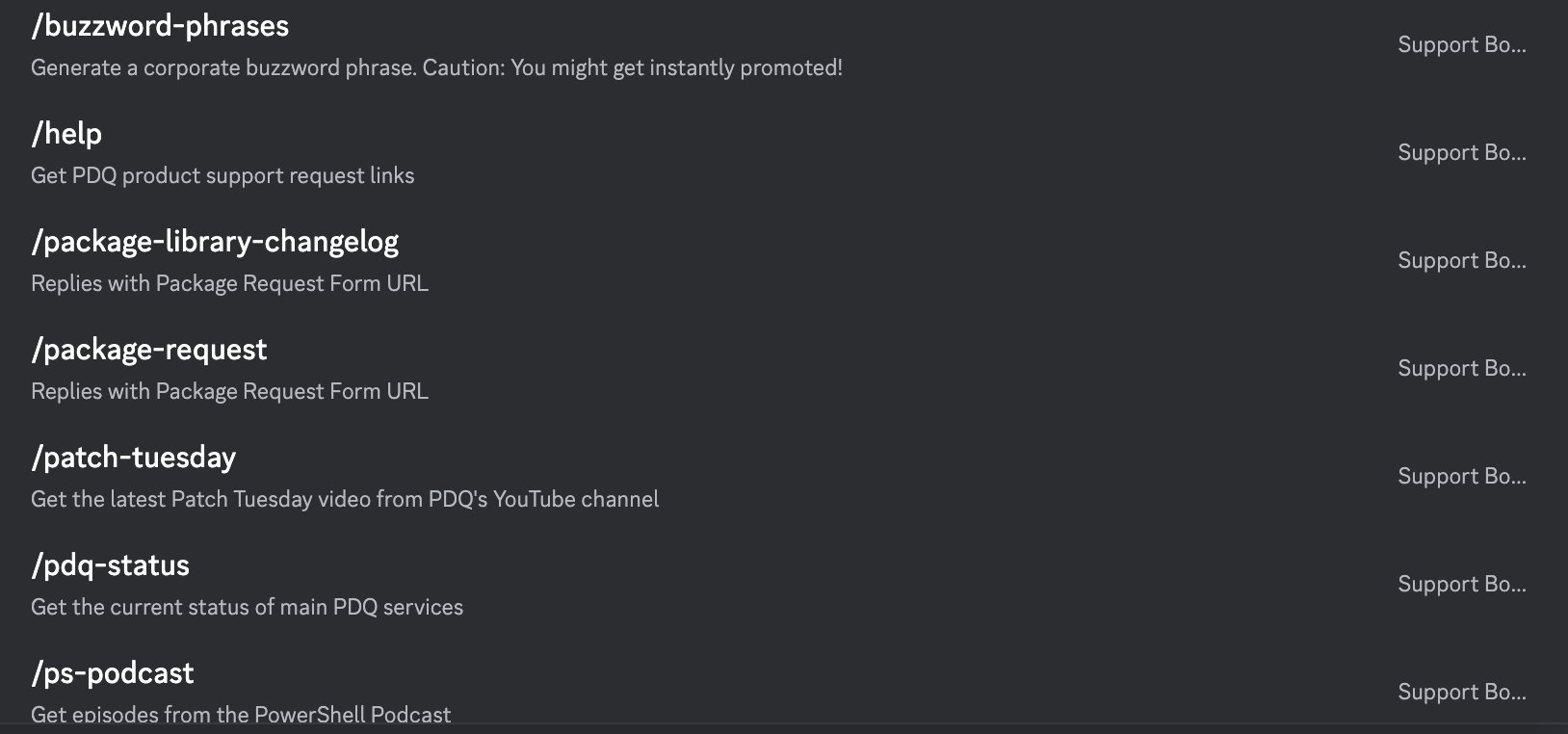
Engineered a Discord bot for automated community support with role management, ticket creation, and streamlined support workflows, improving community engagement and support efficiency.
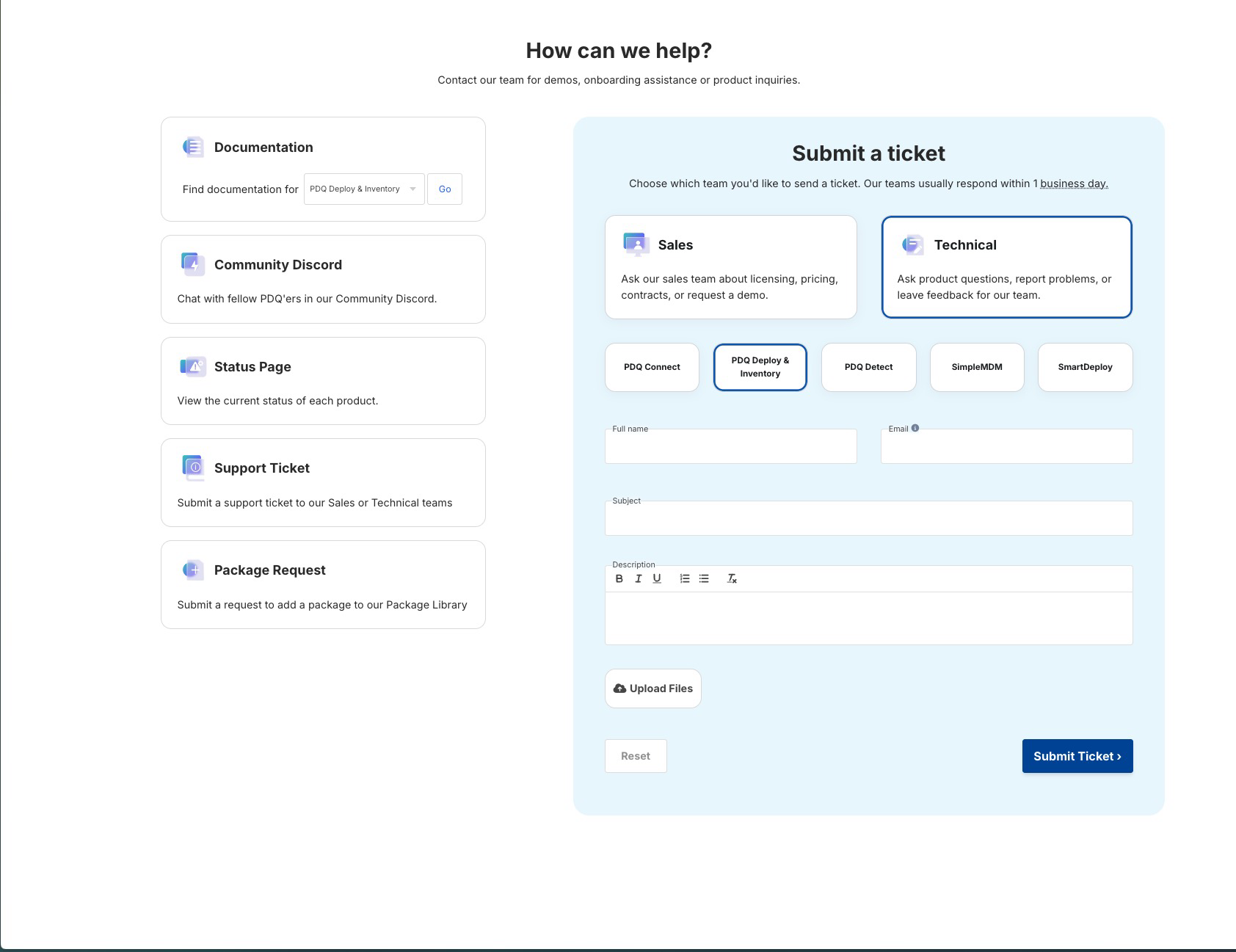
Streamlined the customer support process by redesigning and refactoring our support ticket submission forms. This project improved user experience, increased form completion rates, and enhanced data quality for our support team.
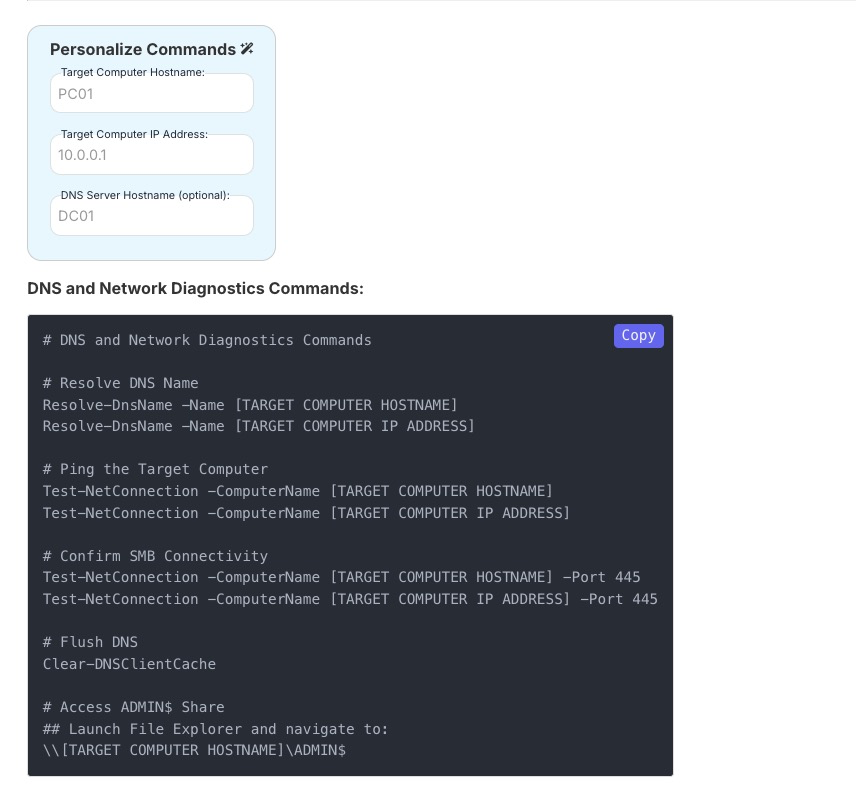
Our support staff frequently provided cmdlets with placeholders for customers to replace with their own data. We discovered that customers often left these placeholders unchanged, which caused issues. To address this, we made the process interactive, allowing customers to customize it to their environment more easily.